Driving a sports car is like having a rocket strapped to your back, but with the finesse of a ballerina. Sports cars have always been the testing grounds for automotive technology. They haven’t just made our rides comfortable; they have also set new standards for the entire automotive industry. Here, we explore the 15 most game-changing innovations in sports cars that have shaped the evolution of these high-performance vehicles.
Aerodynamics

The quest for speed has always been intertwined with the science of aerodynamics. Pioneers like the 1938 Auto Union Type C and the 1962 Ferrari 250 GTO demonstrated the importance of reducing drag and increasing downforce. Modern sports cars like the McLaren P1 and Bugatti Chiron use advanced computational fluid dynamics (CFD) and wind tunnel testing to achieve optimal aerodynamic efficiency. Active aerodynamic systems, such as adaptive rear wings and air vents, dynamically adjust to enhance stability and performance at high speeds.
Lightweight Materials
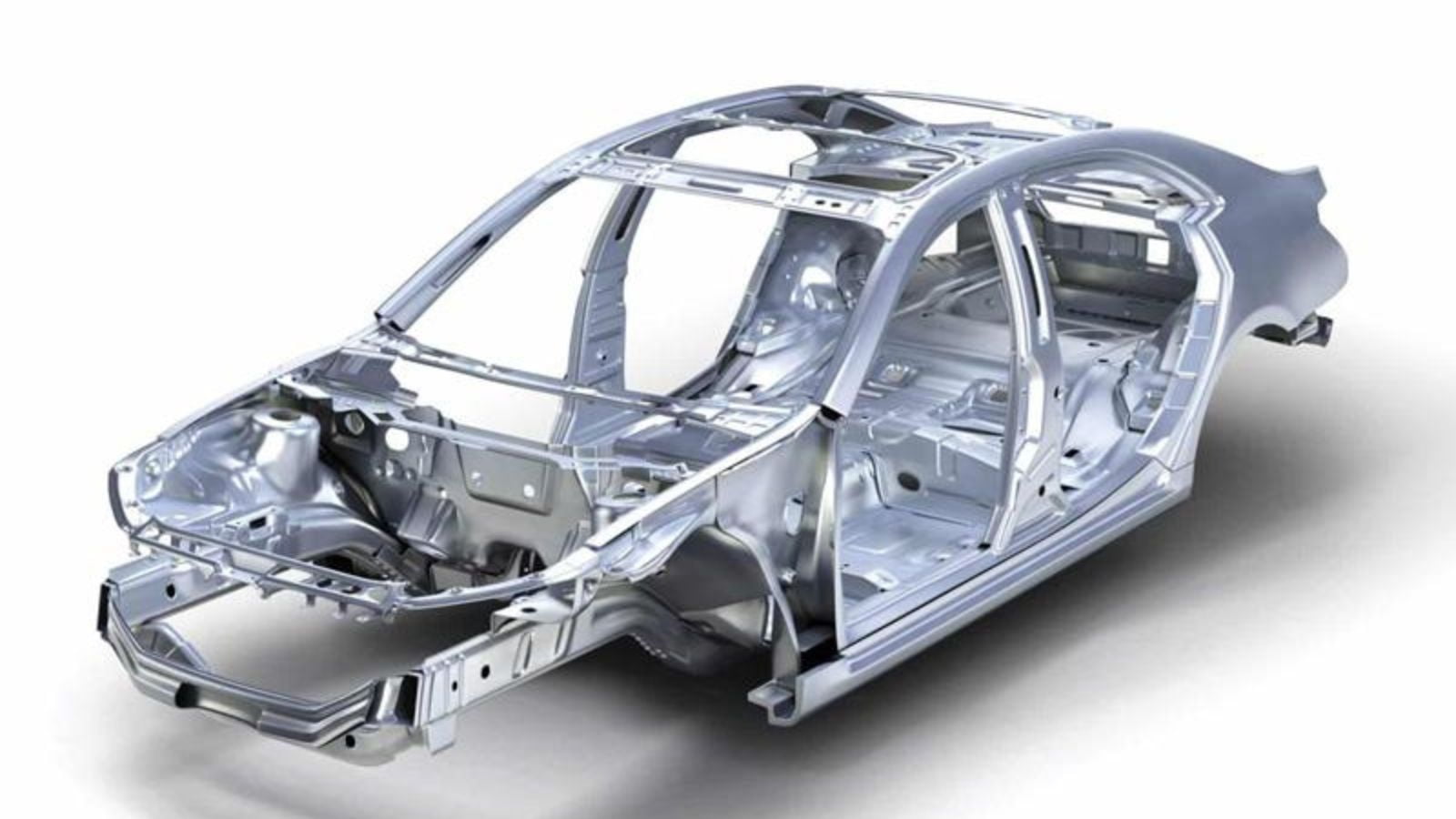
Using lightweight materials has been crucial in improving the performance and efficiency of sports cars. Early innovations included aluminum, but carbon fiber was a game-changer in the 1980s. The McLaren F1, released in 1992, first featured a carbon fiber monocoque chassis. This material offers exceptional strength-to-weight ratios, reducing overall weight and improving handling and acceleration. Today, carbon fiber is a staple in high-performance sports cars, from the Lamborghini Aventador to the Porsche 918 Spyder.
Turbocharging and Supercharging
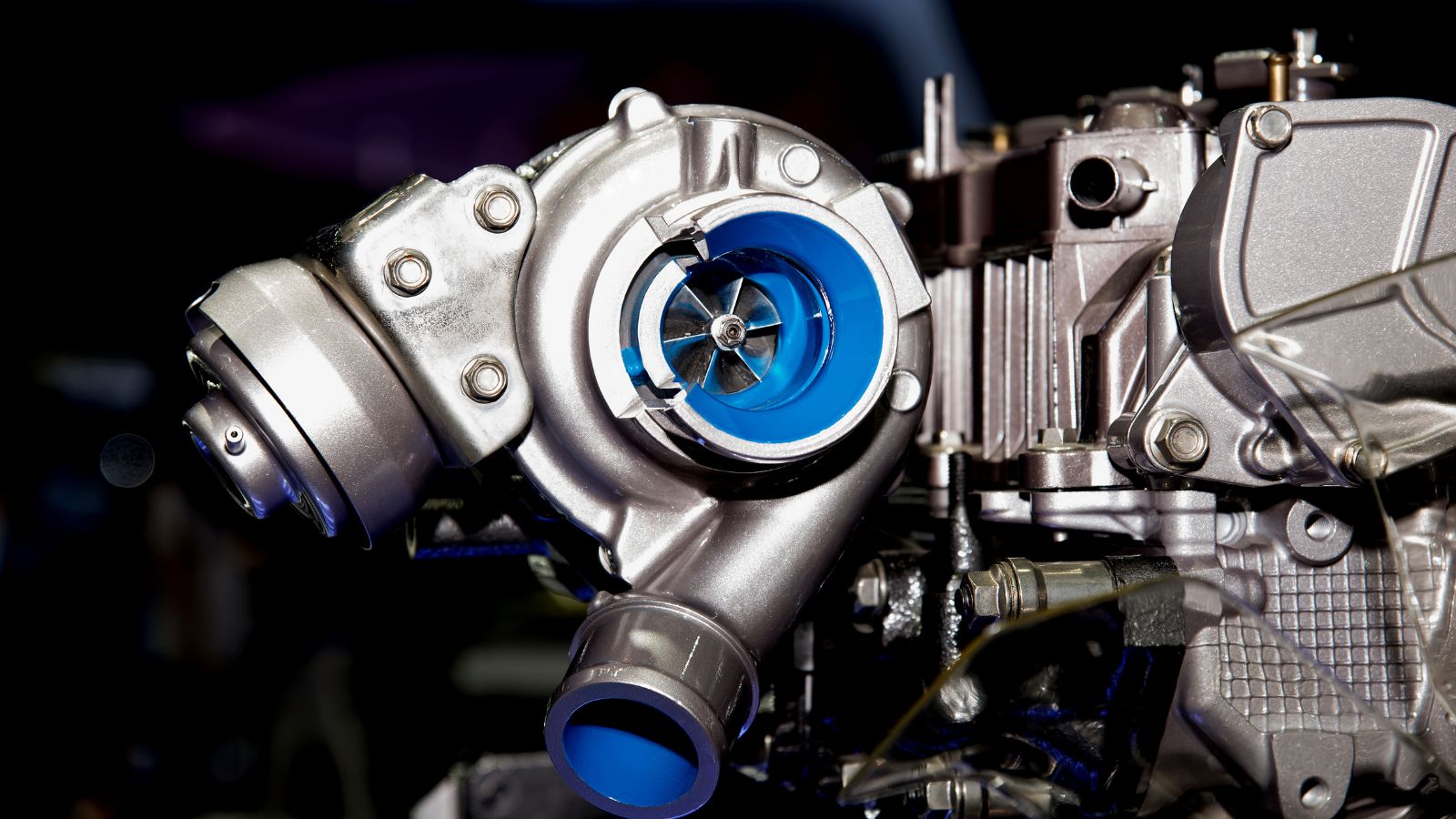
Forced induction, through turbocharging and supercharging, revolutionized engine performance by significantly increasing power output without requiring larger, heavier engines. Turbocharging became widely recognized with the introduction of the 1973 BMW 2002 Turbo. Supercharging, on the other hand, was popularized by models like the Mercedes-Benz SSK of the 1920s. Modern sports cars like the Nissan GT-R and Ford Mustang Shelby GT500 utilize advanced forced induction systems to deliver immense power and torque.
All-wheel drive (AWD)

All-wheel drive systems transformed sports car handling and performance, especially in adverse conditions. The Audi Quattro, introduced in 1980, was a pioneering model that showcased the benefits of AWD in rallying and road performance. AWD enhances traction, stability, and cornering capabilities by distributing power to all four wheels. AWD is a standard feature in many high-performance sports cars, including the Nissan GT-R and Lamborghini Huracán, providing superior handling and acceleration on various surfaces.
Electronic Stability Control (ESC)
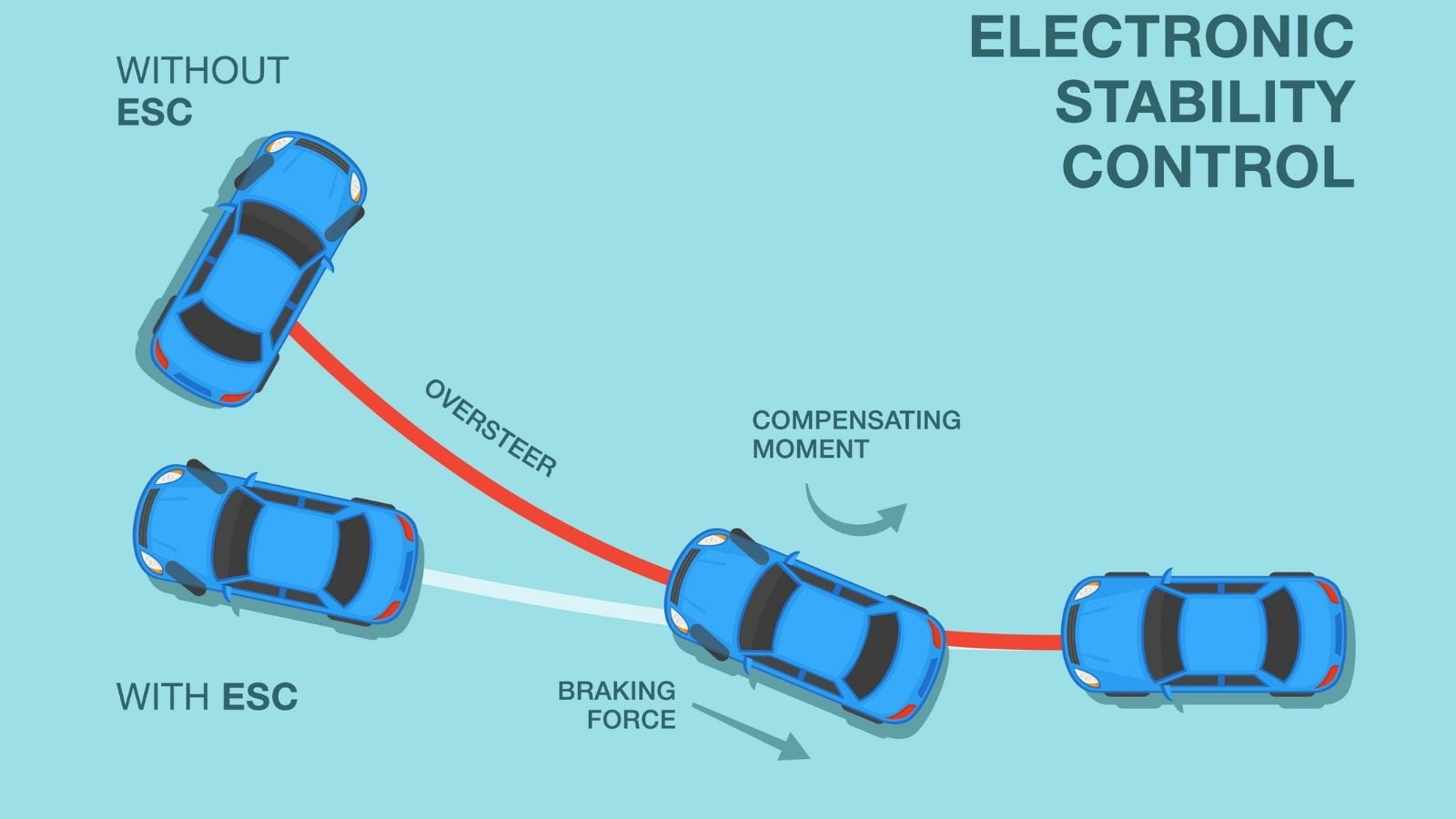
Electronic stability control (ESC) systems have dramatically improved the safety and handling of sports cars. First introduced by Mercedes-Benz and Bosch in the 1990s, ESC uses sensors to detect and reduce loss of traction, automatically applying brakes to individual wheels to help the driver maintain control. This innovation has made high-performance driving safer, allowing sports cars to achieve higher speeds and more aggressive handling without compromising stability. ESC is now a standard feature in most modern sports cars, including the Porsche 911 and BMW M3.
Dual-Clutch Transmissions (DCT)
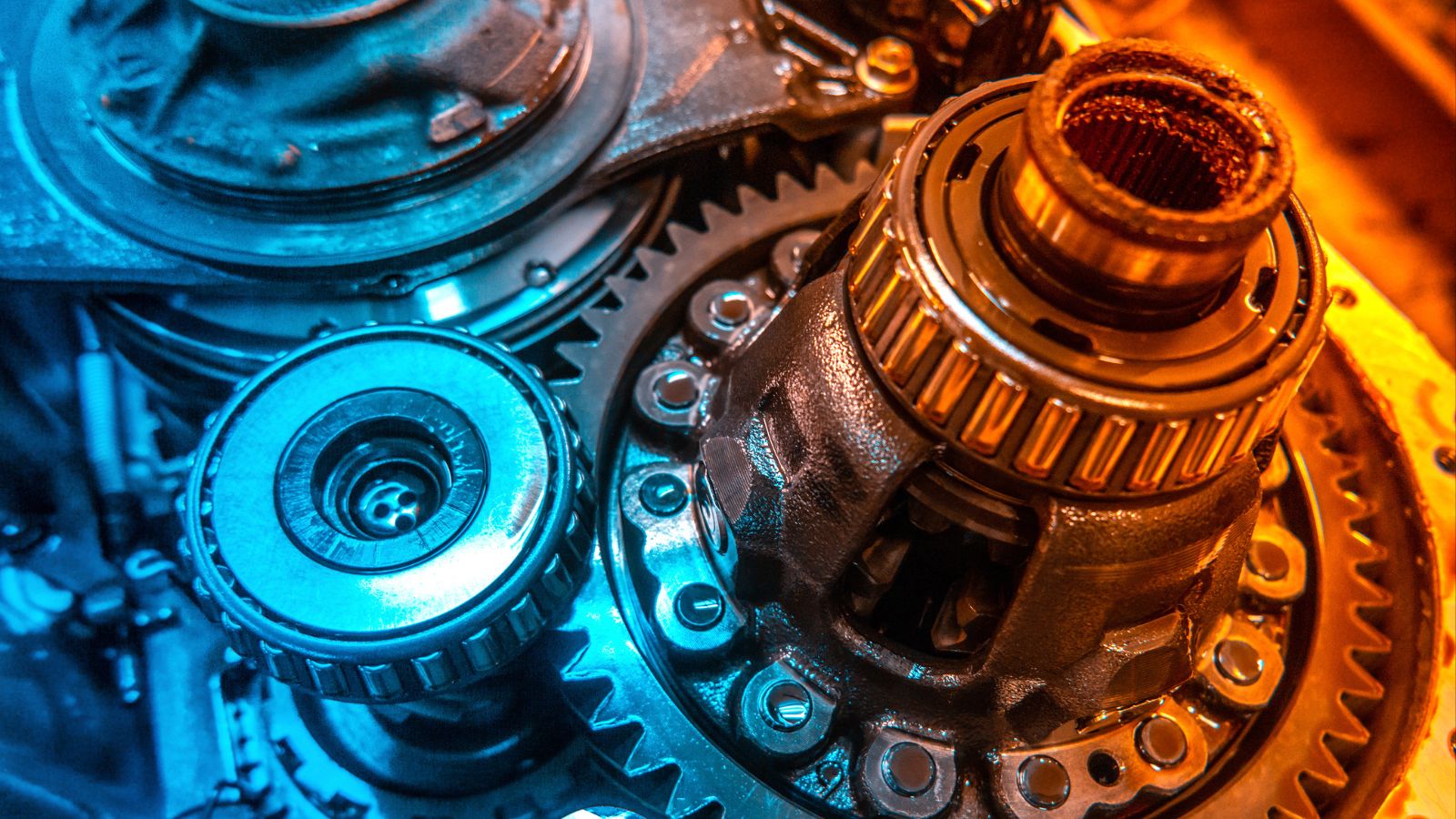
Dual-clutch transmissions (DCT) have revolutionized shifting in sports cars by combining the convenience of an automatic with the performance of a manual transmission. First introduced by Porsche in the 1980s with the 956-race car, DCTs use two separate clutches for odd and even gears, allowing for lightning-fast gear changes without interrupting power delivery. This innovation has been widely adopted in cars like the Audi R8 and Ferrari 488 GTB, offering seamless and rapid shifts that enhance performance and driving pleasure.
Active Suspension Systems
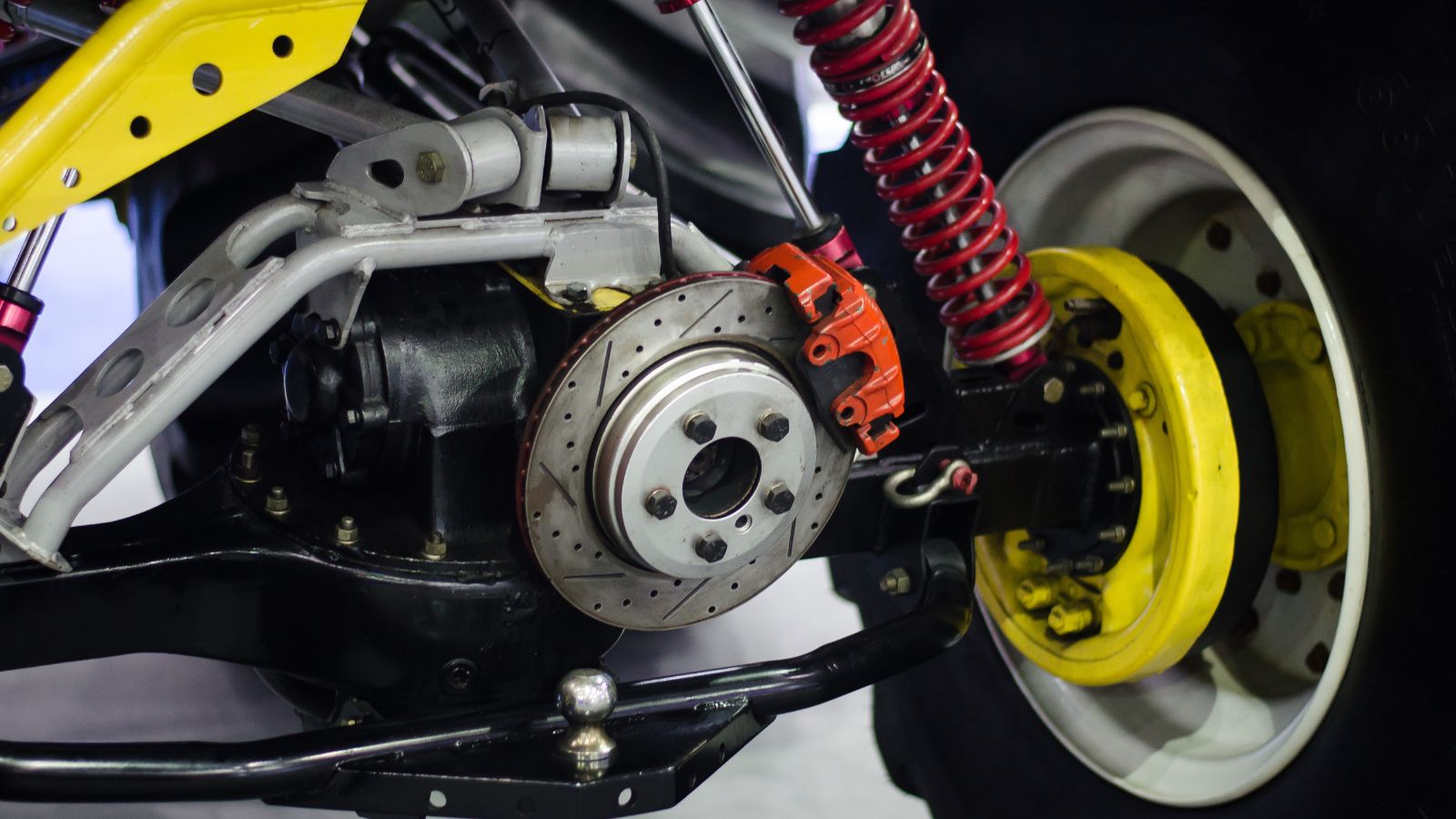
Active suspension systems have greatly improved the handling and comfort of sports cars. These systems, which include technologies like adaptive dampers and magnetorheological dampers, automatically adjust the stiffness of the suspension based on driving conditions and driver inputs. The Lotus Esprit Active Suspension prototype in the 1980s and the subsequent introduction of systems like Ferrari’s MagneRide in the early 2000s showcased the potential of this technology. Today, active suspension systems are standard in many high-performance sports cars, including the Chevrolet Corvette and Lamborghini Aventador, providing optimal balance between comfort and performance.
Advanced Braking Systems
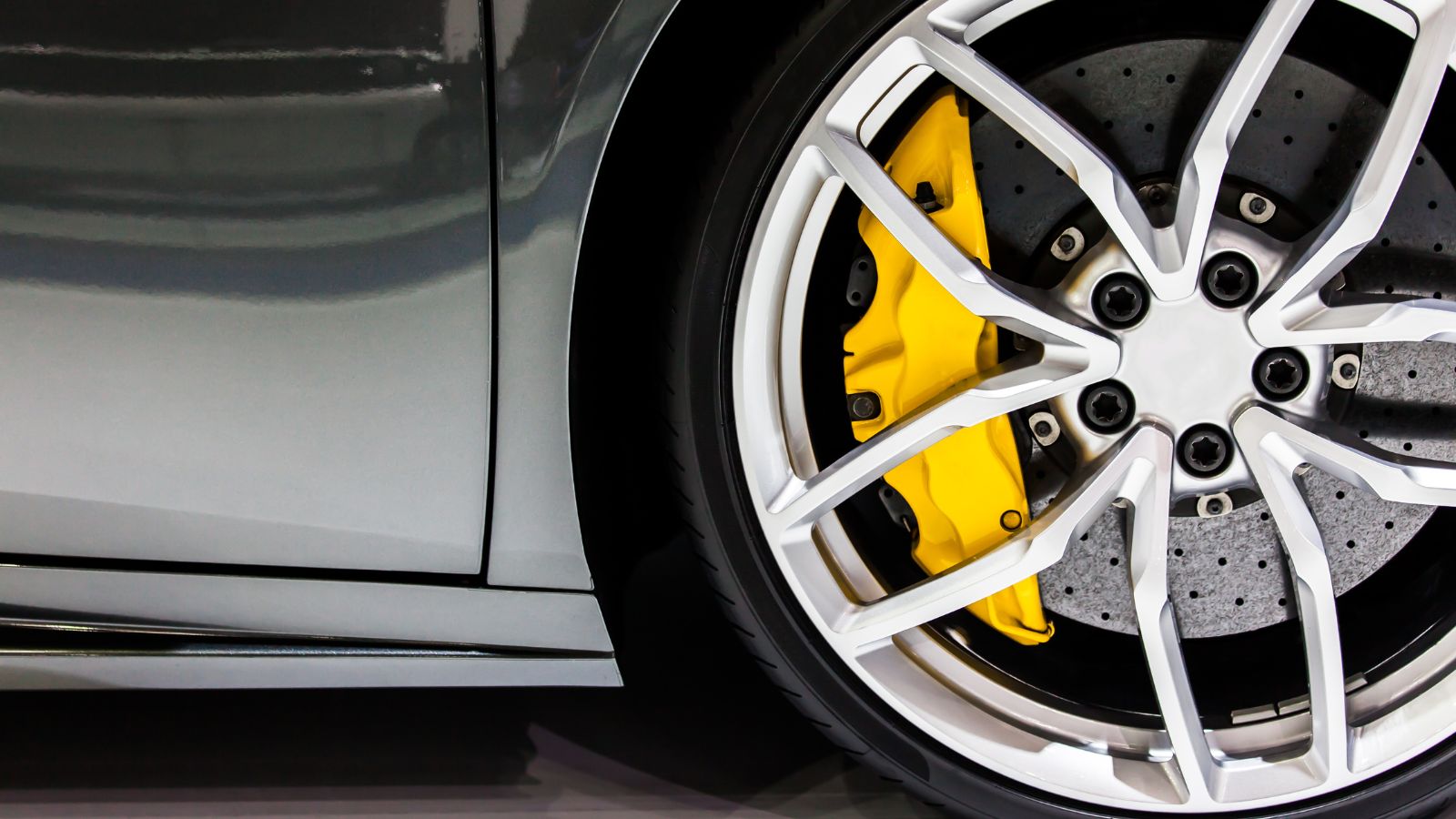
Braking technology has seen significant advancements, ensuring that sports cars can safely and effectively manage their immense power. The introduction of anti-lock braking systems (ABS) in the 1980s, pioneered by models like the BMW 7 Series, was a major milestone. Further innovations include carbon-ceramic brakes, which offer superior heat resistance and stopping power, first seen in the 2001 Porsche 911 GT2. Modern sports cars like the McLaren 720S and Ferrari LaFerrari utilize advanced braking systems that deliver exceptional performance and safety.
Hybrid and Electric Powertrains
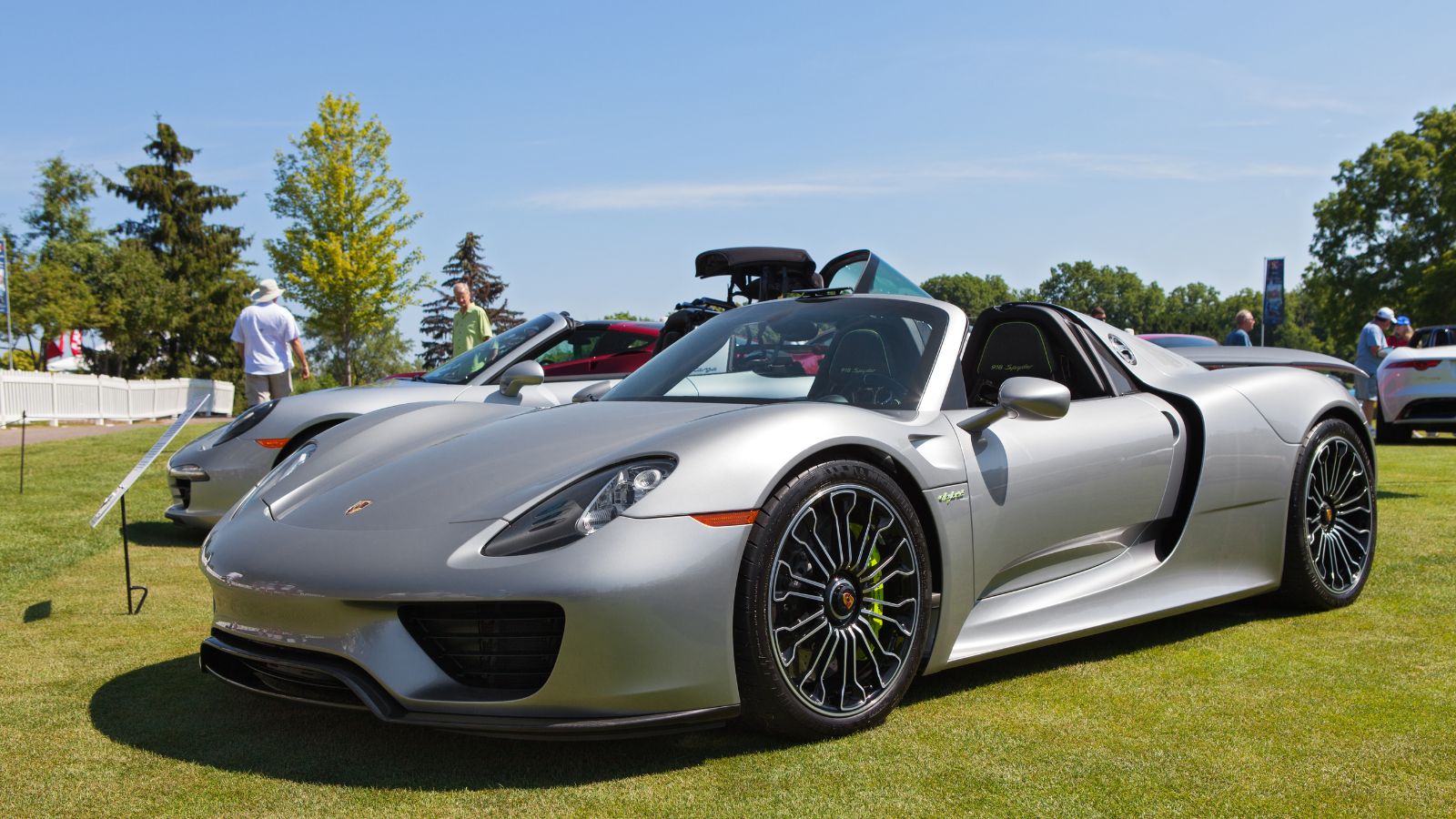
Hybrid and electric powertrains have redefined performance and efficiency in sports cars. The Porsche 918 Spyder and McLaren P1, introduced in the mid-2010s, demonstrated the potential of combining electric motors with traditional combustion engines to deliver unparalleled power and acceleration while reducing emissions. The Rimac C_Two and Tesla Roadster 2.0 represent the next generation of all-electric sports cars, offering blistering performance with zero emissions.
Infotainment and Connectivity

The integration of advanced infotainment and connectivity systems has enhanced the driving experience in sports cars. Early systems were basic, but modern innovations include touchscreens, advanced navigation, smartphone integration, and real-time performance data. The Tesla Model S, with its large central touchscreen and over-the-air updates, set new standards for in-car technology. Other manufacturers, such as Audi and BMW, have followed suit, offering sophisticated infotainment systems that enhance convenience, entertainment, and connectivity on the road.
Active Aerodynamics

Active aerodynamics has taken the concept of aerodynamics to a new level by allowing real-time adjustments to a car’s aerodynamic elements. The 2010 Ferrari 458 Italia introduced active aerodynamic flaps that were adjusted based on speed and driving conditions to optimize downforce and reduce drag. The Porsche 911 Turbo S and McLaren 720S refined this technology, featuring adaptive rear wings and air intakes that dynamically adjust to enhance stability and performance. Active aerodynamics has become a key feature in modern sports cars, enabling exceptional handling and speed.
Driver Assistance Systems

Driver assistance systems have made high-performance driving safer and more accessible. Innovations like adaptive cruise control, lane-keeping assist, and automatic emergency braking, first seen in luxury sedans, have made their way into sports cars. For example, the Nissan GT-R and Audi R8 feature ADAS to enhance safety without compromising performance. These technologies protect drivers and passengers and allow for a more relaxed and enjoyable driving experience, even at high speeds.
Light-Emitting Diode (LED) Lighting

LED lighting technology has transformed both the aesthetics and functionality of sports cars. The 2004 Audi A8 was one of the first cars to feature full LED headlights. LED lighting allows for more creative and distinctive designs, enhancing the visual appeal of sports cars. Additionally, adaptive LED headlights, as seen in the BMW i8, provide intelligent lighting that adjusts based on driving conditions, improving safety and visibility at night.
Carbon-Ceramic Brakes
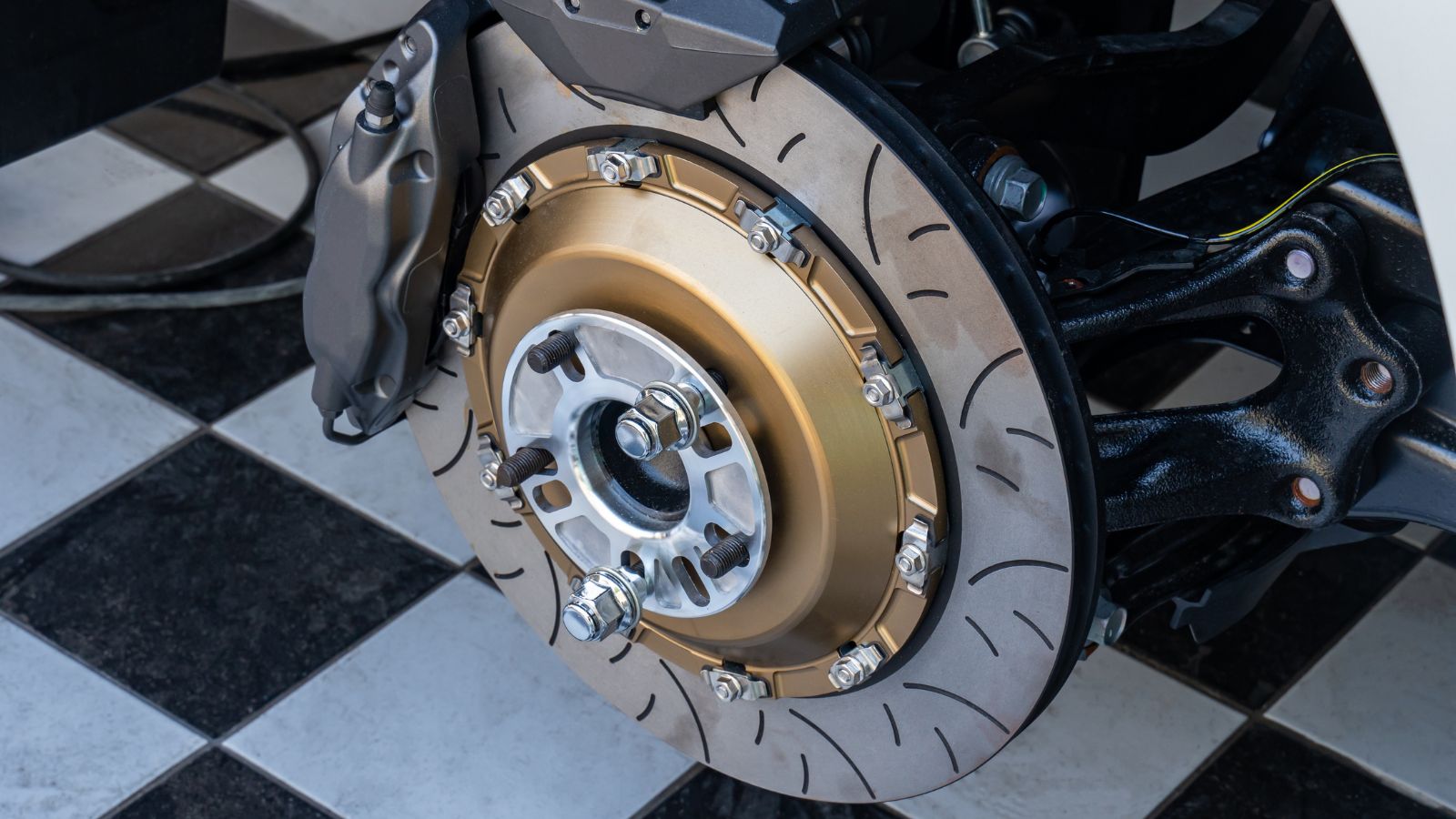
Carbon-ceramic brakes represent a significant advancement in braking technology compared to traditional steel brakes. First used in the aerospace industry, carbon-ceramic brakes were introduced to sports cars with the 2001 Porsche 911 GT2. These brakes provide exceptional heat resistance, reducing the risk of brake fade during high-performance driving. They also offer a longer lifespan and reduced weight, contributing to overall vehicle performance. Today, carbon-ceramic brakes are standard in many high-end sports cars, including the Lamborghini Huracán and Ferrari 488 GTB.
Variable Valve Timing (VVT)
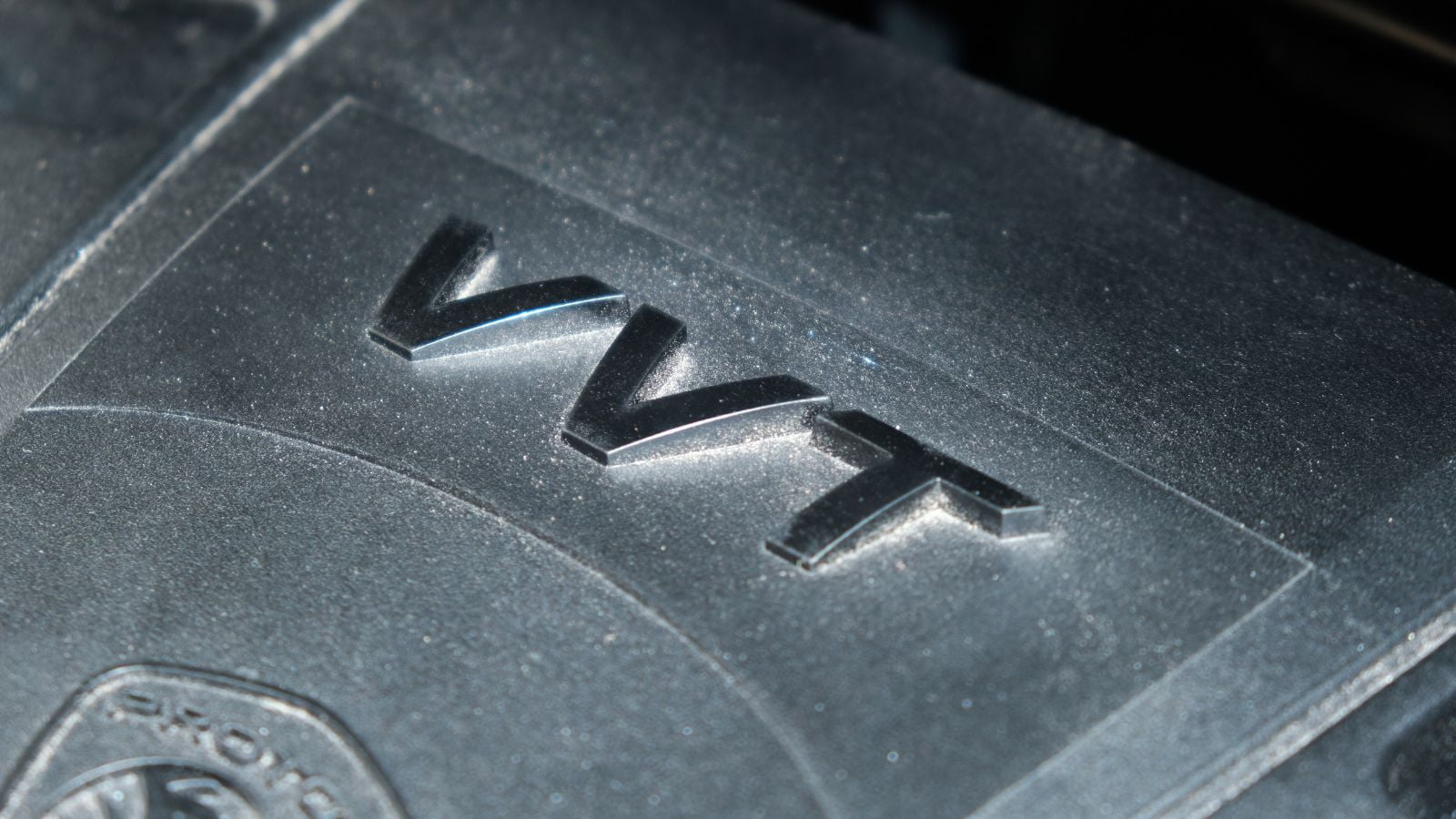
Variable valve timing (VVT) technology has significantly improved engine efficiency and performance in sports cars. Introduced by Honda with its VTEC system in the 1980s, VVT optimizes the timing of valve opening and closing based on engine speed and load. Vehicles have better fuel efficiency, reduced emissions, and enhanced power delivery. Other manufacturers, such as BMW with its VANOS system and Toyota with VVT-i, have developed their own VVT technologies, making it a standard feature in modern high-performance engines. VVT has enabled sports cars to deliver impressive power while maintaining fuel efficiency and compliance with emissions regulations.
